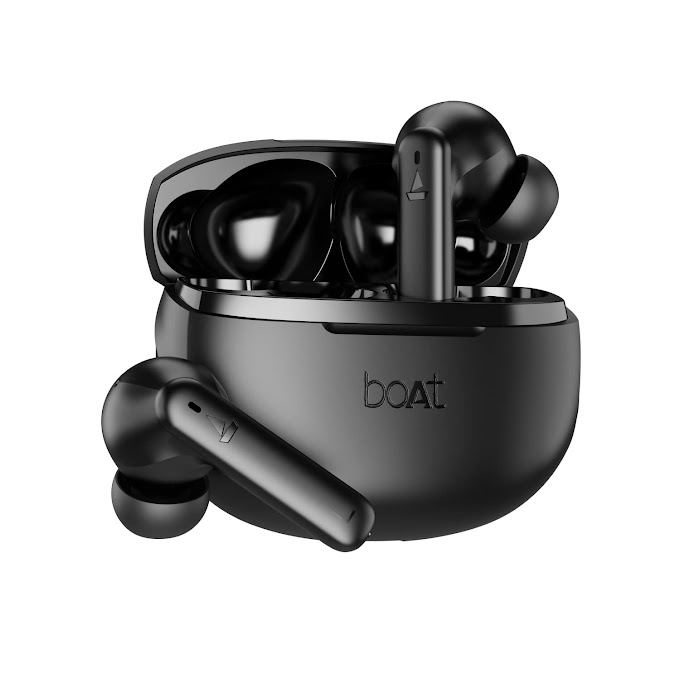How It Works" refers to an explanation of how something operates or functions. I'll provide a general explanation of how various things work:
How a Car Works: A car is powered by an internal combustion engine that burns fuel (usually gasoline) to produce energy. When you turn the ignition, the engine starts, and the pistons move up and down. This movement powers the crankshaft, which then transfers energy to the wheels through a transmission system. The wheels rotate, propelling the car forward. The accelerator pedal controls the amount of fuel delivered to the engine, regulating the car's speed.
How Electricity Works: Electricity is the flow of electrons through a conductive material, usually wires. It is generated at power plants by various methods, including burning fossil fuels, harnessing nuclear reactions, or using renewable sources like wind, solar, or hydroelectric power. The electricity is then transmitted through power lines to homes and businesses. When you plug an appliance into an electrical outlet, the circuit is completed, allowing the flow of electricity, which powers the device.
How the Internet Works: The internet is a vast network of interconnected computers and servers. When you access a website or send data online, your device (e.g., computer or smartphone) sends a request to a server through your internet service provider (ISP). The server processes the request and sends the data back to your device, enabling you to view the website or access the information.
How Photosynthesis Works: Photosynthesis is the process by which plants convert sunlight, water, and carbon dioxide into glucose (sugar) and oxygen. Chlorophyll, a pigment in plant cells, absorbs sunlight, which triggers a chemical reaction. Water is absorbed through the roots and transported to the leaves, where it combines with carbon dioxide from the air. This process occurs in specialized structures called chloroplasts. The glucose produced serves as food for the plant, while oxygen is released into the atmosphere.
How a Refrigerator Works: A refrigerator operates on the principle of heat transfer. It uses a refrigerant, a special fluid that can change states between gas and liquid, to absorb heat from the interior of the fridge. When you set the temperature lower, the compressor compresses the refrigerant, raising its pressure and temperature. The hot, pressurized gas then flows through coils at the back or bottom of the fridge, releasing heat to the surrounding air, which cools the gas and turns it into a liquid. The liquid refrigerant flows through an expansion valve, reducing its pressure and temperature. As it evaporates back into a gas within the fridge, it absorbs heat, cooling the interior.
How a Smartphone Works: A smartphone is a complex device that operates on principles of computing, communication, and miniaturization. It contains a central processing unit (CPU), memory, storage, and various sensors. When you interact with the touchscreen, the sensors detect your touch, and the CPU processes the input. Apps and software are stored in the phone's memory, and the CPU executes their commands to provide the desired functionality, such as making calls, browsing the internet, or running games.
These are just brief explanations of how some things work, and each subject can be explored in much greater detail. Let me know if you have any specific topics you'd like to learn more about!












